Natural Gas Modeling in an Uncertain Market
In the last several years, gas has become essential to the operation of a reliable energy grid. Internationally, there’s agreement that we need to...
4 min read
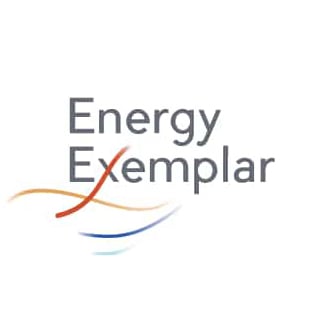 Team Energy Exemplar
:
September 19, 2022
Team Energy Exemplar
:
September 19, 2022
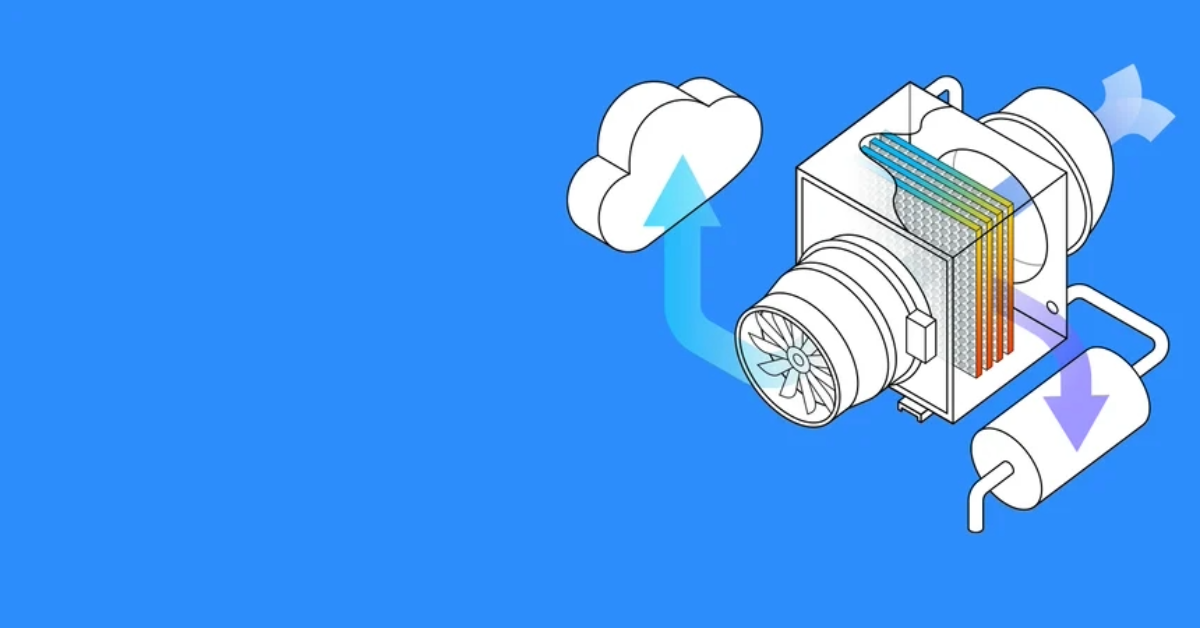
Direct Air Capture (DAC) is the process of extracting CO2 from the atmosphere utilizing chemical reactions. Once CO2 has been removed from the atmosphere, it can either be permanently stored or utilized to create synthetic fuels like gas, diesel, and kerosene by mixing it with green hydrogen from clean energy. After removing the carbon dioxide, it is transformed into a supercritical fluid—a highly compressed fluid that combines properties of gases and liquids—and then used in enhanced oil recovery or reprocessed in plastics and fuels. Carbon dioxide can also be stored in underground reservoirs for climate change mitigation.
Direct Air Capture is critical to meeting net-zero carbon emission goals because it’s more difficult for some industries to reduce or eliminate carbon emissions than others. For instance, it is more difficult to reduce emissions from airplanes and vehicles than from power plants. Some of the carbon emissions we are currently producing cannot be captured at the location or moment that they are released into the atmosphere. DAC solves this problem by reducing the total amount of carbon dioxide in the atmosphere, without needing to capture carbon at the source. DAC can also allow us to begin to close the carbon loop, by reutilizing CO2 without creating more of it.
While DAC is seen as a necessity in meeting global climate goals, there are two primary challenges when it comes to DAC. First, the process and associated technology is currently quite expensive. Second, the process is extremely energy intensive. So, for DAC to have the desired effect, it needs to be produced either with renewable energy (which presents challenges as renewable energy is an intermittent source), or the technology needs to utilize an amount of energy that is small enough for the net result of carbon emissions to still be negative.
The Department of Energy’s (DOEs) Office of Fossil and Energy Carbon Management (FECM) is charged with Federal research, development and demonstration efforts on advancing technologies to meet the United States’ climate goals and minimizing the environmental impacts for fossil fuel use. One of their duties in order to support their mission is to remove carbon dioxide from power plants, industrial facilities, and the atmosphere utilizing DAC.
In recent years, carbon capture and storage (CCS) from the atmosphere has become an emerging research area for the office as they take steps to achieve net zero carbon emissions by 2050. The office is trying to remove carbon dioxide out of a gas stream which is 400 parts per million utilizing DAC, says Jordan Kislear, an Engineer at the DOE’s FECM.
Kislear notes that energy requirements increase dramatically when you're pulling CO2 out of the atmosphere. The U.S. government has provided funding and asked Kislear’s team to investigate direct air capture and its challenges.
The Office of Fossil Energy and Carbon Management uses capacity expansion modeling to plan and implement advanced technology like DAC. While its systems often focus on long-term efforts over the next 20 to 30 years, the office needed a shorter-term modeling tool to observe production cost.
Kislear identified the need for a production cost model in order to understand their operations on an hourly scale. They wanted to use modeling tools to look at the impact of improved heat rates on system-wide emissions, prices, and the economics of an individual coal-fired plant.
Kislear's team uses a lot of different capacity expansion models, but they chose PLEXOS for its short-term production cost modeling capabilities.
“PLEXOS gives us a lot more insight into the operations when you get down to an hourly level. So, we've been running PLEXOS at the hourly level at 8,760 hours per year,” Kislear says. “And that gives us a lot more control and insight into the economics of unit dispatch. We can look at major changes in the system. We can look at resource adequacy, system resiliency, and then one of the other areas of research we're doing is on the economic advantages of higher heat rates and ramping of units.”
Using an iterative approach with three different modeling scenarios, the Office wanted to identify effective areas to conduct direct air carbon capture activities.
After configuring the models, Kislear says his team found that using an electric direct air capture system resulted in a net positive increase in carbon dioxide emissions. The opposite of the the goal of the system - to remove carbon dioxide. Utilizing the PLEXOS model, they found that offsetting a constant load with a variable renewable load is not feasible or reliable.
“The purpose for this analysis was to really understand the interaction between the early direct air capture systems and the grid electricity. We really want to make sure that any of the initial technology deployments that we have, we fully understand the implications of adding the systems to the grid,” Kislear says.
The Office of Fossil Energy and Carbon Management will continue using PLEXOS to refine its production cost modeling to better understand direct air capture to remove carbon dioxide from the atmosphere and to ensure the technologies produce the desired results. They plan to try lowering the capacity factor and adding renewable energy to observe and understand the effects.
Kislear says that the future of the department’s research also includes hydrogen. He notes that most people are proposing that renewable energy can be used to produce hydrogen. His team wants to investigate how much grid electricity would be needed in addition to renewable energy in order to run a hydrogen electrolysis system. That is just one example of the research the team might be doing soon utilizing PLEXOS.
While Kislear’s team’s modeling with PLEXOs did not produce net negative C02, the DOE’s office continues to use Energy Exemplar’s PLEXOS modeling system to pursue efforts to achieve net zero carbon emissions by 2050. By modeling direct air capture with PLEXOS, this goal is within reach and the FECM will be able to ensure that they responsibly and successfully implement DAC technologies that will produce the desired effects.
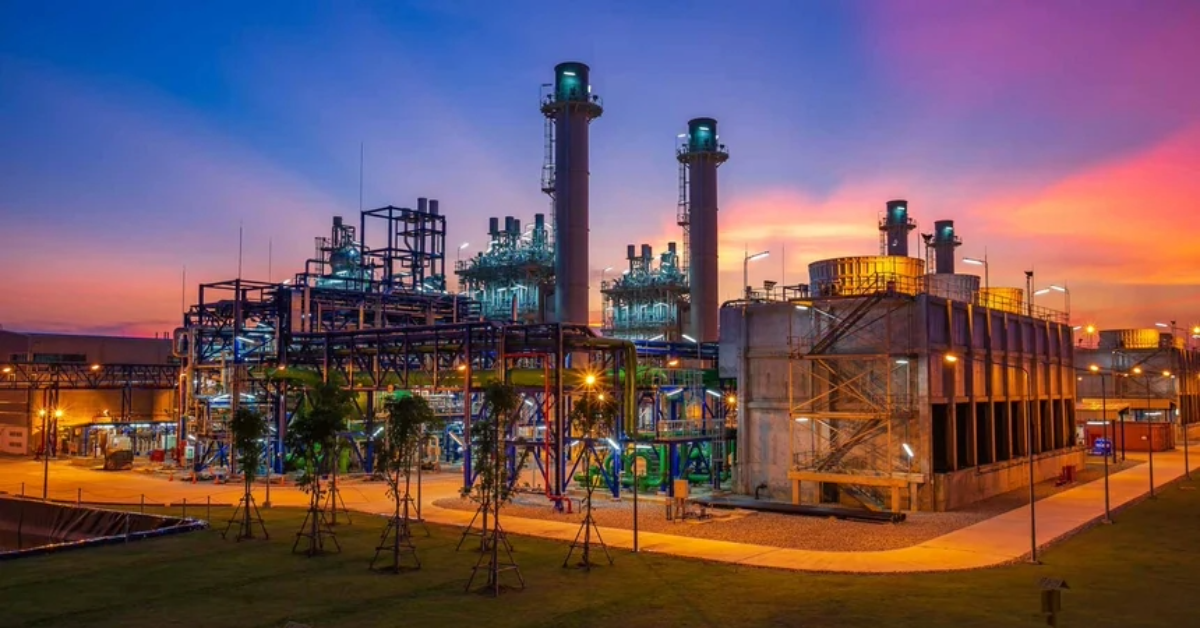
In the last several years, gas has become essential to the operation of a reliable energy grid. Internationally, there’s agreement that we need to...
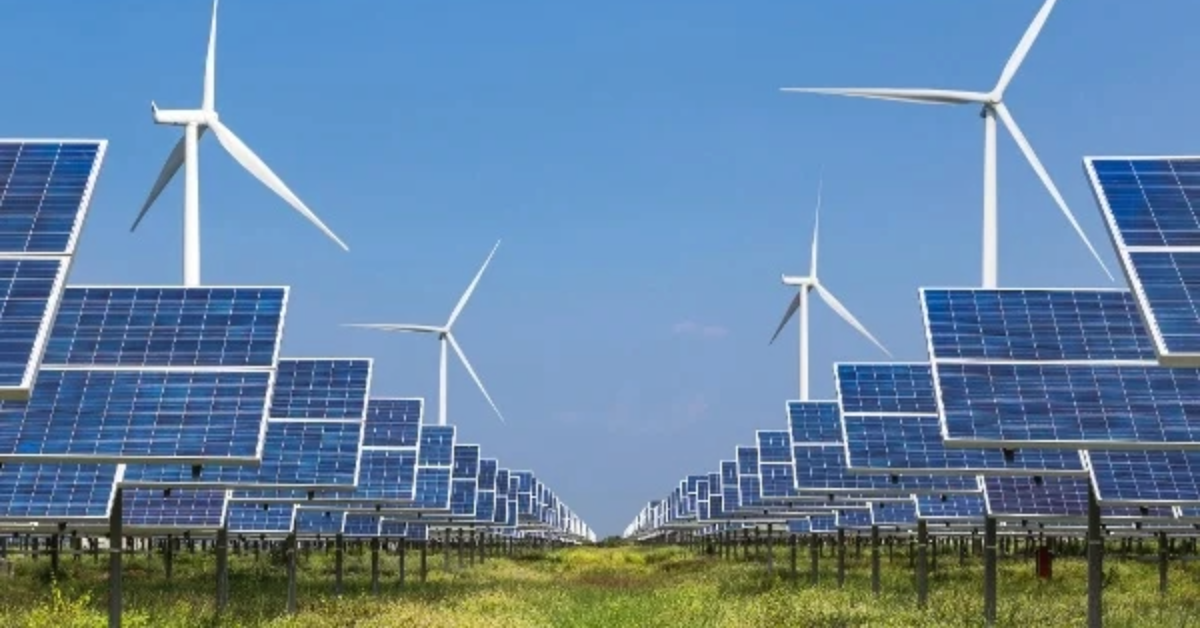
Achieving net zero emissions by 2050 will require a complete transformation of the global energy system. In the IEA's pathway to net-zero, almost 90%...
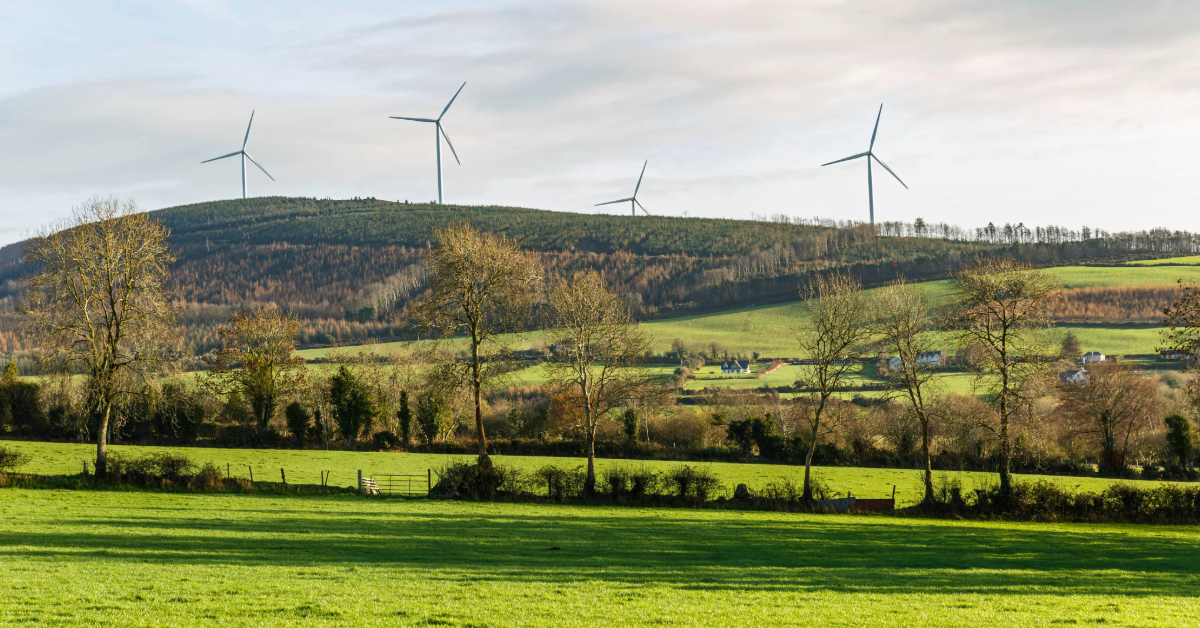
EirGrid and Mott MacDonald: Preparing Ireland's power system for a net-zero future